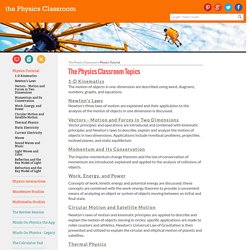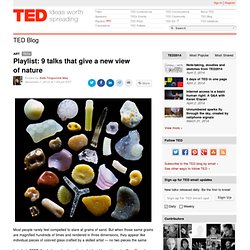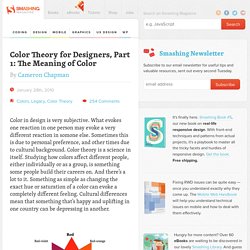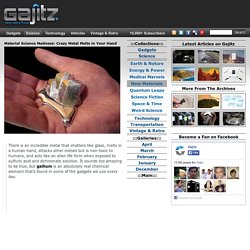

Outside-in: the infinite garden by meir lobaton corona + ulli heckmann. May 17, 2013 outside in: the infinite garden by meir lobaton corona + ulli heckmann outside-in: the infinite garden by meir lobaton corona + ulli heckmannall images © fabio ferrario the ‘outside-in’ garden by architects meir lobaton corona and ulli heckmann, is conceived as a visual paradox for the 22nd international garden festival of chaumont sur loire, france – a device that enhances conditions in order to make the audience realize how by relying only on sight, they rely on imagination. the intervention provides a sense of how vision can become a shield that precludes the possibility of having a holistic experience of life – one that involves the entire body and that extends beyond it. inside – the infinite forest interior and exterior context comparison inside – the infinite forest during fall inside – the infinite forest during spring looking through a peephole looking under view from the path leading to the site.

Interactive 3D Skeleton. The Physics Classroom Topics. 1-D Kinematics The motion of objects in one-dimension are described using word, diagrams, numbers, graphs, and equations.

Playlist: 9 talks that give a new view of nature. Most people rarely feel compelled to stare at grains of sand.

But when those same grains are magnified hundreds of times and rendered in three dimensions, they appear like individual pieces of colored glass crafted by a skilled artist — no two pieces the same. In today’s TEDTalk, photographer turned microbiologist turned inventor Gary Greenberg introduces us to the micro world, revealing the hidden wonder of everyday objects in nature as seen close-up using his high-definition, 3D microscopes. “It’s a magical world beyond reality,” says Greenberg in this talk from TEDxMaui. In the talk, Greenberg shows us what a bee’s eye look likes when magnified, how human nerve cells look as they fire, and what the stamens in flowers appear like to bugs.
But he spends the most time on his recent obsession — sand. Most Amazing Time Lapse Video of Milky Way Ever Made. Seriously. 7 scientists killed by their own experiments. When we think of scientists and researchers, a passion for discovery, not a penchant for daredevil antics, is usually what comes to mind.

Yet many a researcher has faced injury, illness and even death in the name of scientific breakthroughs. After all, when dissecting the mysteries of plague and plutonium, it doesn't take much for things to go terribly wrong. Whether through naiveté or simple slip-ups, these scientists all met their death because of the experiments they were conducting. 1. Carl Scheele (1742-1786) The genius pharmaceutical chemist discovered many new elements, most famously oxygen (even if Joseph Priestley did publish his findings first and get all the glory), as well as molybdenum, tungsten, manganese and chlorine.
Vintage Printable at Swivelchair Media - Beta. Color Theory for Designers, Part 1: The Meaning of Color. Color in design is very subjective.

What evokes one reaction in one person may evoke a very different reaction in somone else. Sometimes this is due to personal preference, and other times due to cultural background. Color theory is a science in itself. Studying how colors affect different people, either individually or as a group, is something some people build their careers on. Open the Door into the Science of Color Theory.
BB-Japanese-Giant-Salamander.jpg (425×544) Material Science Madness: Crazy Metal Melts in Your Hand. There is an incredible metal that shatters like glass, melts in a human hand, attacks other metals but is non-toxic to humans, and acts like an alien life form when exposed to sulfuric acid and dichromate solution.

It sounds too amazing to be true, but gallium is an absolutely real chemical element that’s found in some of the gadgets we use every day. But perhaps more interestingly, there are a ton of insane experiments scientists like to do with gallium. Thanks to its odd properties and behavior, gallium can do some pretty strange things in the lab. The above video shows what happens when gallium “attacks” aluminum. The Scale of the Universe 2. Scirus - for scientific information.
- StumbleUpon. Shut Up And Take My Money - Cool Gadgets and Geeky Products. Snorg Tees - New Funny T-Shirts Every Week (Vintage T-Shirt, Cool Graphic Tee Shirts) Creative Scan-and-Draw Color-Changing Pen Design. Any artist or designer who works with color knows that the best inspiration and perfect coloration can often be found in real-life objects all around us.

What if you could take your trusty drawing pen and simply scan any color you want and then turn around and draw with it? This innovative pen design by Jin Sun Park allows you to do just that. Next step? A complete texture selector and replicator? A color sensor on the top of the pen registers the color of the object you select, which in turn is displayed digitally on the back of the device for verification. Of course, such an invention has its limitations: space for ink and batteries are challenges to be sure, but presumably you would only use this periodically and would also transfer the color data in some cases directly to another electronic advice, thus saving ink.
How to Forecast Weather. Ever wondered how to forecast the weather without actually using instruments? Check the Clouds: Clouds can tell us a lot about the weather. For example, they can tell us if it’s going to be warmer on a particular night by simply being there. Funny…. and fun to watch - the giant water balloon in slow motion - The Blogs at HowStuffWorks - StumbleUpon.